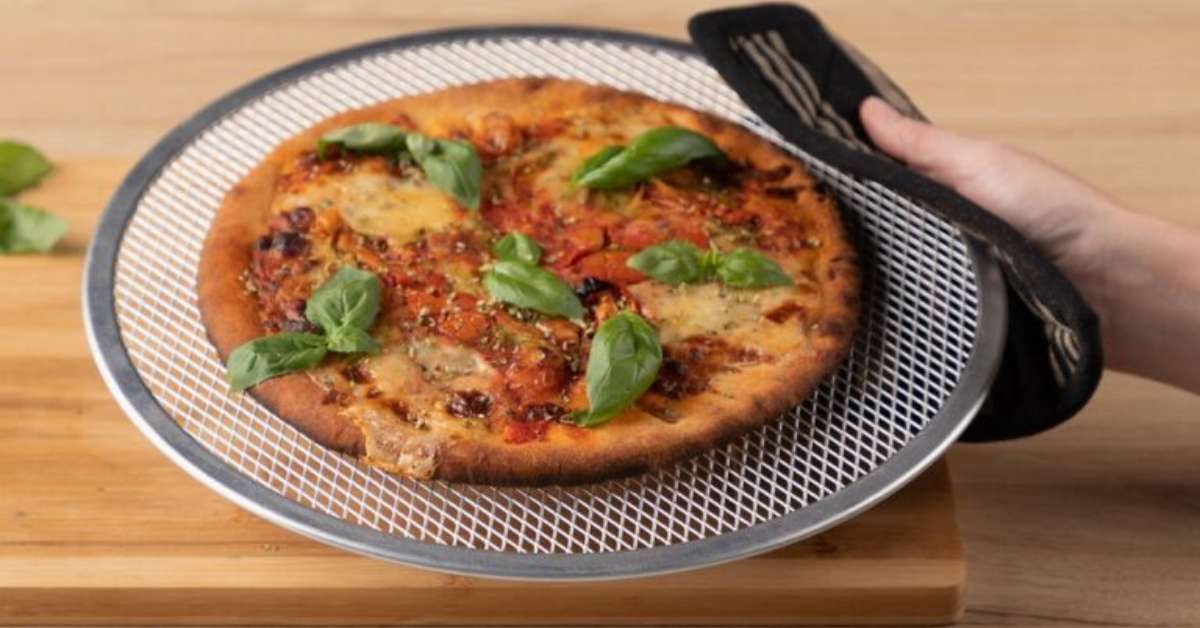Rice is a staple in Asian cuisine, with popular dishes like fried rice, coconut rice, and kimchi fried rice. Associated with fertility and often featured in religious ceremonies, rice plays a significant role in Asian cultures.
Jasmine and Basmati’s rice is commonly used in South Asian dishes due to their compatibility with the flavors and spices found in the region. Koshihikari rice is another popular variety known for its sticky texture and versatility in various Asian recipes.
Rice’s adaptability to wet environments makes it a preferred crop in Asia, where it thrives and sustains many. Overall, rice is an essential ingredient in Asian cuisine, symbolizing tradition and nourishment.
Table of Contents
ToggleRice: A Staple In Asian Cooking
Rice is a staple ingredient in Asian cooking, especially in South Asian cuisines where Jasmine and Basmati Rice are commonly used. There are a variety of dishes made from rice in Asian cuisine, including egg-fried rice, coconut rice, cilantro lime rice, congee, kimchi fried rice, and onigiri.
In Asian cultures, rice holds significant meaning and is often associated with fertility and abundance. Religious ceremonies are conducted to ensure the success of the rice crop and the fertility of humans and domestic animals. Rice became a staple in Asian cuisine due to its ability to thrive in wet environments, making it a reliable source of sustenance.
Jasmine and Basmati Rice, with their distinct flavors and textures, add depth and aroma to South Asian dishes, making them a popular choice among local cooks.
Rice In Asian Culture
Rice holds significant symbolism in Asian cultures, particularly in festivals and ceremonies. It is closely associated with women and fertility. Religious rituals are performed to ensure the productivity of rice crops and the fertility of domestic animals and humans.
Rice has become a staple in Asian cuisine due to its adaptability to wet environments, making it a suitable crop in the region. Regarding Asian dishes, Jasmine and Basmati Rice are commonly used and pair well with South Asian cuisines.
Rice plays a vital role in various dishes, such as egg fried rice, coconut rice, cilantro lime rice, congee, kimchi fried rice, and onigiri. Its versatility and importance in Asian culture make rice integral to the region’s traditions and cuisine.
The Popularity Of Rice In Asia
Rice has been a staple crop in Asian cuisine for centuries, gaining popularity due to its adaptability to wet environments. In Asian cultures, rice holds significant symbolic value, especially about women and fertility. Religious ceremonies have long been conducted to ensure the success of the rice crop and the fertility of both humans and animals.
Jasmine and Basmati’s rice is commonly used in South Asian dishes, as their flavors complement the region’s cuisine. Rice varieties like Koshihikari, with their sticky texture and high starch content, are favored for sushi and other traditional Asian dishes. The versatility and resilience of rice make it an essential component of Asian culinary culture.
Exploring Asian Rice Varieties
Rice plays a prominent role in Asian cuisine, with various varieties adding distinct flavors and textures to dishes. One popular variety is Koshihikari rice, known for its versatility and sticky consistency. This short-grain, white polished rice is commonly used in sushi and chirashi bowls thanks to its higher starch content, resulting in a glossy sheen and sticky texture.
It pairs well with a wide range of ingredients, allowing it to be featured in different dishes. Additionally, there are several other popular Asian rice varieties, such as Jasmine and Basmati, which are commonly used in South Asian cuisines.
Rice holds cultural significance in Asian cultures, often associated with fertility and celebrated in religious ceremonies. Its abundance and adaptability to different climates make it a staple food across the continent.
Enhancing Flavors With Rice
Rice plays a crucial role in Asian cuisine, enhancing flavors and serving as a base for aromatic dishes. Traditional rice-based Asian recipes utilize the versatility of rice to create a wide array of delicious meals. From fragrant Jasmine rice to sticky sushi rice, there are various types of rice used in Asian dishes that pair perfectly with the flavors of the region.
Rice also holds cultural significance in Asian cultures and is associated with festivals, ceremonies, and fertility. Its ability to thrive in wet environments makes it an ideal staple crop in Asia. Whether it’s egg fried rice, coconut rice, or congee, rice is essential to Asian cuisine, providing both sustenance and flavor.
Frequently Asked Questions For Rice In Asian Cuisine
What Does Rice Represent In Asian Culture?
In Asian culture, rice symbolizes fertility and is associated with women. It is used in religious ceremonies and is a staple in Asian cuisine.
What Kind Of Rice Is Used In Asian Dishes?
Jasmine and Basmati Rice are commonly used in Asian dishes.
Why Does Asia Use So Much Rice?
Rice is famous in Asia due to its adaptability to wet environments and ability to thrive in such conditions.
Is Rice Chinese Or Japanese?
Rice is commonly used in both Chinese and Japanese cuisine.
Conclusion
Rice plays a significant role in Asian cuisine, representing much more than a staple food. Across Asian cultures, rice is associated with women and fertility, and religious ceremonies are conducted to ensure the productivity of rice crops and the fertility of both domestic animals and humans.
The preference for rice in Asian dishes stems from its unique ability to thrive in wet environments, making it a suitable option when other crops would not survive. Among the various types of rice used in Asian cuisine, Jasmine and Basmati rice are often paired with South Asian dishes. In contrast, Koshihikari rice, with its sticky texture and higher starch content, is a popular choice for many Japanese recipes.
This versatile ingredient is used in various Asian rice dishes, such as egg fried rice, coconut rice, and kimchi fried rice. Its significance in Asian culture cannot be underestimated, as rice truly represents the rich traditions and flavors of the region.






